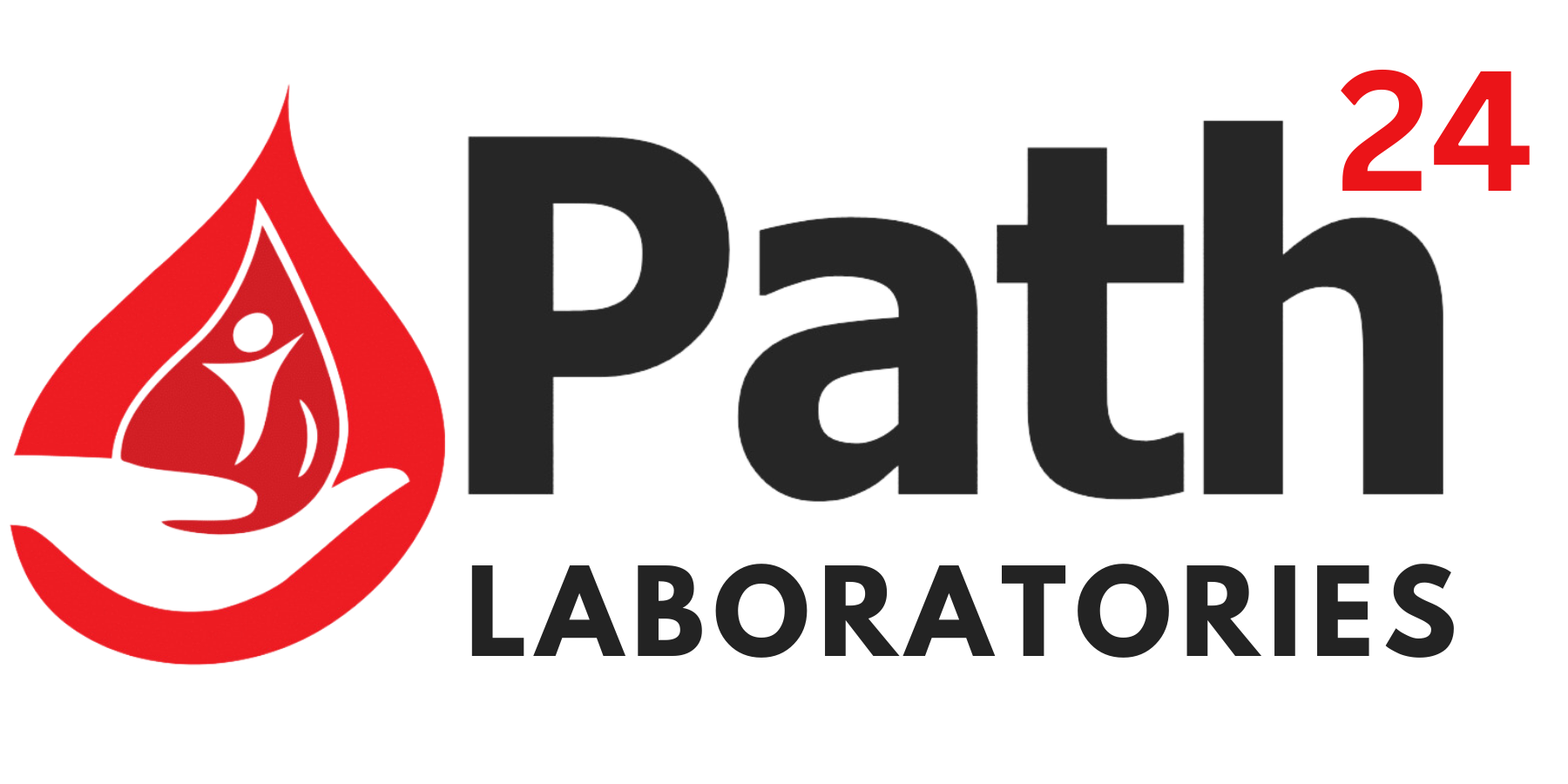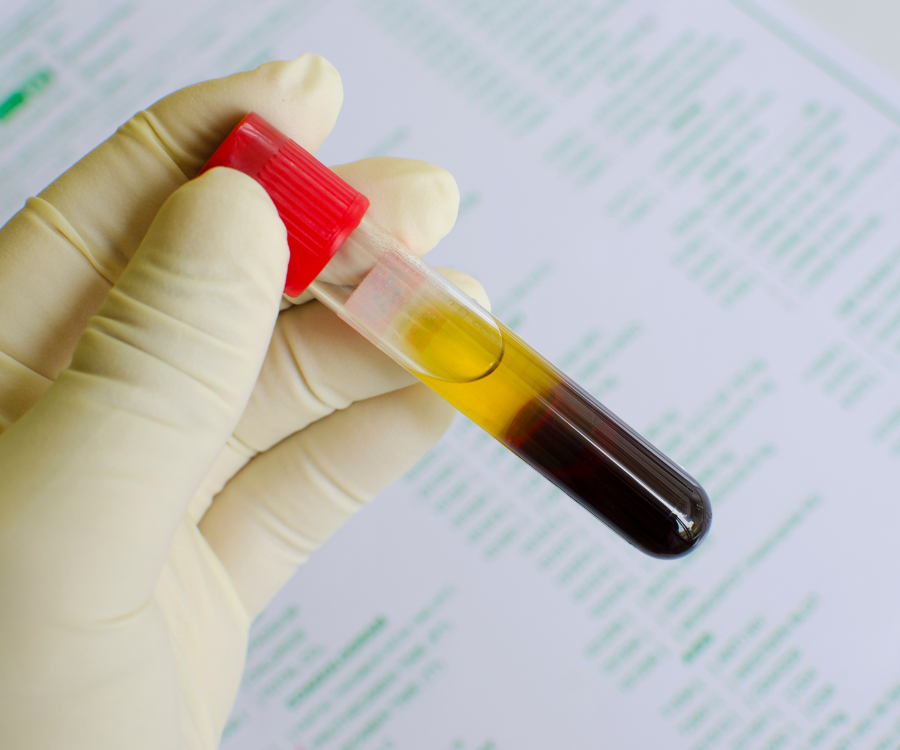Our blood, a vital river coursing through our veins, possesses a remarkable ability to heal wounds and prevent excessive bleeding. This intricate process, known as coagulation or blood clotting, is a finely tuned dance of proteins and platelets. However, when this delicate balance is disrupted, it can lead to blood clotting disorders, posing significant health risks.
Understanding these disorders requires delving into the complexities of the coagulation cascade. Thankfully, medical science offers a powerful tool: coagulation tests. These tests provide invaluable insights into the efficiency of our blood clotting system, helping diagnose and manage various clotting disorders.
The Symphony of Coagulation: A Quick Overview
Imagine a complex orchestra, where each instrument plays a crucial role in creating a harmonious melody. That’s essentially what blood clotting is. When a blood vessel is injured, a cascade of reactions is triggered, involving clotting factors (proteins) and platelets (small blood cells). This cascade culminates in the formation of a fibrin clot, a mesh-like structure that seals the wound and stops the bleeding.
However, issues can arise at any stage of this process. Some individuals may have a deficiency in certain clotting factors, leading to excessive bleeding (hemophilia, for example). Others might experience an overactive clotting system, increasing their risk of developing blood clots (thrombosis).
Coagulation Tests: Deciphering the Clotting Code
Coagulation tests are designed to evaluate different aspects of the clotting process. These tests can help determine:
- How long it takes for blood to clot: This is crucial for identifying deficiencies in clotting factors.
- The levels of specific clotting factors: This helps pinpoint the exact nature of a clotting disorder.
- The effectiveness of anticoagulant medications: This is essential for monitoring patients on blood thinners.
Here are some commonly performed coagulation tests:
- Prothrombin Time (PT): This test measures how long it takes for blood to clot, specifically assessing the extrinsic pathway of coagulation. It’s often used to monitor warfarin therapy.
- Partial Thromboplastin Time (PTT): This test evaluates the intrinsic pathway of coagulation and is used to assess the effectiveness of heparin therapy.
- International Normalized Ratio (INR): This standardized ratio, derived from the PT, ensures consistent results across different laboratories, particularly for monitoring warfarin.
- Fibrinogen Test: This measures the level of fibrinogen, a crucial clotting factor. Abnormal levels can indicate various clotting disorders.
- D-dimer Test: This test detects the presence of D-dimer, a protein fragment produced when a blood clot dissolves. Elevated levels can suggest the presence of a blood clot, such as deep vein thrombosis (DVT) or pulmonary embolism (PE).
- Factor Assays: These tests measure the levels of specific clotting factors, helping to identify deficiencies associated with conditions like hemophilia.
Why are these tests important?
Coagulation tests play a vital role in:
- Diagnosing bleeding and clotting disorders: They help identify the underlying cause of abnormal bleeding or clotting.
- Monitoring anticoagulant therapy: They ensure that blood-thinning medications are working effectively and safely.
- Pre-surgical evaluation: They assess a patient’s risk of bleeding during or after surgery.
- Identifying risk factors for thrombosis: They can help identify individuals at increased risk of developing blood clots.
When to Seek Medical Attention
If you experience unexplained bleeding, bruising, or symptoms suggestive of a blood clot (e.g., leg pain, swelling, shortness of breath), it’s crucial to consult a healthcare professional. They can determine if coagulation tests are necessary and provide appropriate medical guidance.
Understanding the complexities of blood clotting disorders and the role of coagulation tests empowers us to take proactive steps towards maintaining our health. With the help of medical professionals and these valuable diagnostic tools, we can effectively manage these conditions and live healthier lives.

